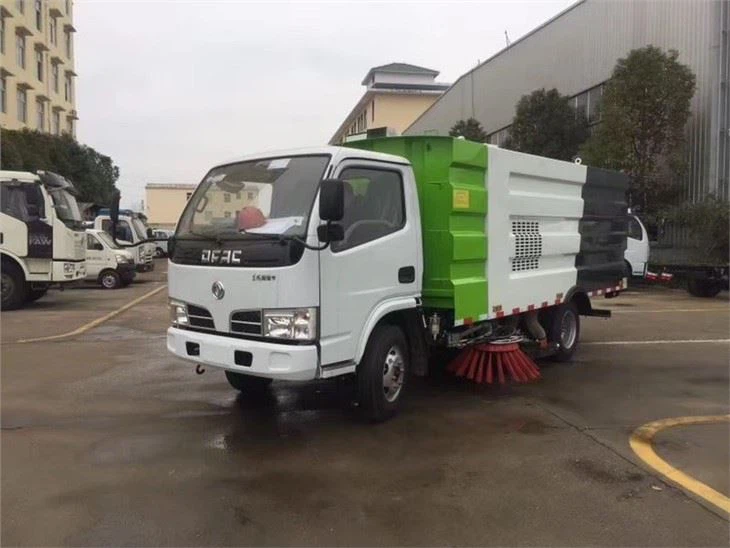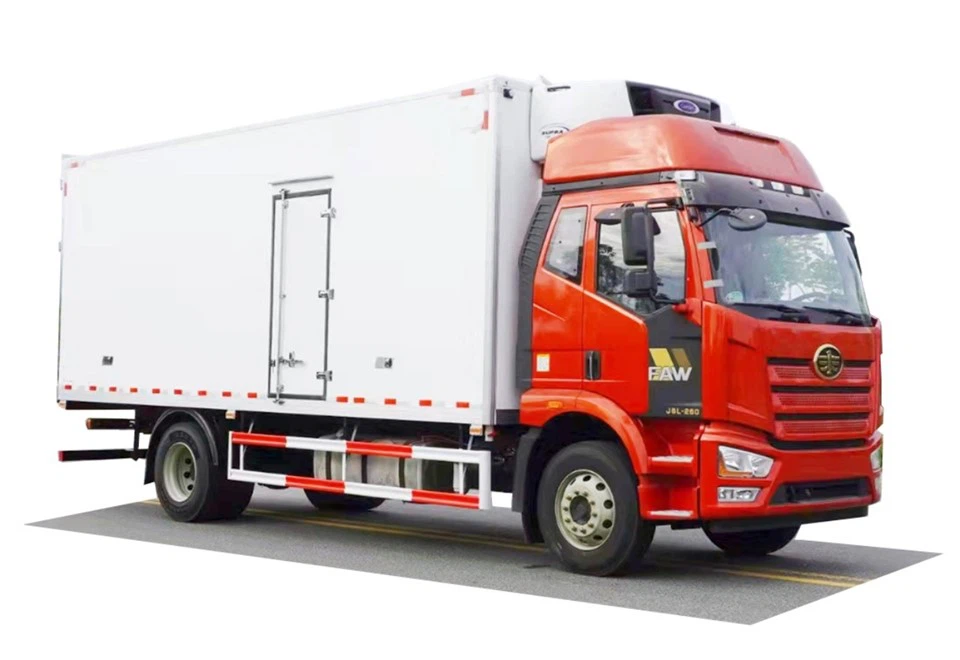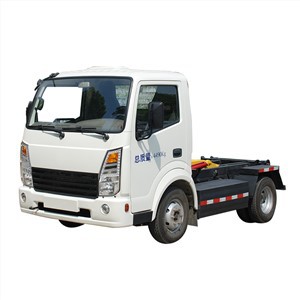Exploring Miniature Fire Engines: A Comprehensive Guide

Miniature fire engines are captivating models that attract the interest of hobbyists, collectors, and children alike. These miniature renditions of real-life firefighting vehicles not only serve as toys but also hold significant educational and historical value. This comprehensive article delves into the fascinating world of miniature fire engines, from their designs and types to their impact on society. We will explore practical tips for collectors, enthusiasts, and parents while also addressing common questions about these unique models.
What Is a Miniature Fire Engine?
A miniature fire engine is a scaled-down version of an actual fire truck, often designed with great attention to detail. These models can range from simple toys for children to intricate collectibles for adult enthusiasts. Manufacturers create these miniatures in various materials, including die-cast metal, plastic, and wood, showcasing different features and functions.
Types of Miniature Fire Engines
Miniature fire engines are available in several varieties, each tailored to specific interests and purposes. Below are some common types:
- Die-Cast Models: These are the most popular among collectors due to their durability and intricate detailing.
- Plastic Models: Often more affordable and lightweight, these are perfect for children. They can vary greatly in complexity.
- Wooden Models: These are generally targeted at younger children and are often used for play rather than display.
- Custom Models: Enthusiasts sometimes create custom miniatures based on real fire engines, incorporating various features.
Key Features of Miniature Fire Engines

Regardless of the type, miniature fire engines often include distinctive features such as:
- Moving Parts: Many models come equipped with moving ladders, doors, or hoses to enhance playability.
- Detailed Designs: Collectors appreciate attention to detail in painting, decals, and functioning lights.
- Scale Sizes: Models can be found in countless scales, from 1:64 to 1:18, allowing for diverse collections and displays.
The History of Fire Engine Models
The evolution of fire engine miniatures can be traced back to the early 20th century. As real fire engines became more powerful and sophisticated, the demand for models surged. Let’s explore how these fascinating machines have changed over time.
The Early Days
In the early 1900s, the first toy models began appearing in stores, primarily made of tin. These simple wind-up and friction-powered toys provided children with a sense of adventure and play. With limited detailing, these early designs laid the groundwork for more intricate models.
The Rise of Collectibles
By the mid-20th century, die-cast models entered the market, revolutionizing the industry. Manufacturers like Matchbox and Hot Wheels emerged, producing high-quality fire engine replicas for both children and adult collectors. The 1970s and 1980s saw the emergence of specialized collectors’ clubs and conventions.
Modern Miniature Fire Engines
Today, miniature fire engines have become a niche but thriving market. From toy manufacturers to hobbyist groups, numerous resources and communities are dedicated to this beloved model. Recent technological advancements, like 3D printing, allow for more detailed and customizable models.
Why Collect Miniature Fire Engines?
Collecting miniature fire engines can be an enriching hobby for various reasons:
Educational Value
Miniature fire engines teach children about fire safety, history, and the role of firefighters in society. They often become a fun part of educational settings, where children can engage in play that reflects real-life situations.
Cultural Significance
Firefighting holds a significant place in history, and miniature models serve as a tribute to this brave profession. They help preserve the legacy of fire services and raise awareness about fire safety.
Social Interaction
Collecting models often leads to connecting with other enthusiasts, joining clubs, and participating in events—fostering community and friendship.
How to Start a Miniature Fire Engine Collection
Embarking on a miniature fire engine collection can be exciting. Here’s a guide to help you get started:
1. Determine Your Focus
Before diving into collections, decide what type of models you want to focus on. Whether it’s die-cast collectibles or custom-built models, understanding your interests will guide your purchasing decisions.
2. Research and Budget
Research the market to understand prices and availability. Budgeting will help you make informed purchasing decisions, especially if you aim to acquire rare or high-quality models.
3. Attend Shows and Events
Participating in toy shows, conventions, or swap meets can significantly enhance your collection. Connecting with vendors and other collectors can provide insights and opportunities to purchase unique models.
4. Join Communities
Online forums, social media groups, and local clubs can offer valuable information and support. Engaging with fellow collectors can also expose you to new models and resources.

5. Display Your Collection
Consider how you want to display your collection. Creating attractive displays not only enhances your living space but also allows you to appreciate your models better.
Miniature Fire Engines for Children: A Perfect Gift
Miniature fire engines serve as fantastic gifts for children. They encourage imaginative play and can even spark interest in the firefighting profession. Here are some options to consider:
1. Age-Appropriate Choices
Select models suitable for your child’s age. For younger children, opt for simple wooden models or soft toys. For older kids, consider die-cast models with more features.
2. Incorporate Learning
Choose models that come with educational information about fire safety or real firefighting equipment. Some sets include play mats that simulate emergency scenarios, enhancing imaginative play.
3. Safety Considerations
Always check for safety ratings of toys and avoid small parts for younger children to prevent choking hazards.
Maintaining Your Miniature Fire Engine Collection

Proper maintenance will keep your miniature fire engines in excellent condition for years to come. Here are some helpful tips:
1. Regular Cleaning
Dust your models regularly with a microfiber cloth, and avoid using harsh chemicals that may damage finishes. For detailed cleaning, use a soft brush or compressed air.
2. Temperature and Humidity
Store your models in a controlled environment, away from direct sunlight, extreme temperatures, and excessive humidity. This will help preserve their integrity and appearance.
3. Display Cases
Consider investing in display cases that protect your models from dust and physical damage while showcasing them attractively.
4. Repairs
If a model sustains damage, assess the situation carefully. Sometimes, a simple glue or part replacement can restore it to its original state. For complex repairs, consult professionals who specialize in model restoration.
Where to Buy Miniature Fire Engines
Finding miniature fire engines can be an adventure in itself. Here are some popular places to look:
1. Retail Stores
Local toy stores and hobby shops often carry a selection of miniature fire engines, especially popular brands. Always check their inventory regularly as stock can change.
2. Online Marketplaces
Platforms like eBay, Amazon, and specialized toy retailers offer a vast selection of miniatures. Be sure to check seller ratings and reviews before making a purchase.
3. Collectible Shows and Conventions
Attending collectible shows or conventions can lead to finding rare or unique items. Meeting vendors face-to-face often fosters trust with potential purchases.
4. Local Classifieds and Auctions
Check local classifieds and auction sites for hidden gems. Often, people sell part of their collection, allowing you to snag excellent models at decent prices.
Frequently Asked Questions
1. What is the best age for children to start playing with miniature fire engines?
Most children can safely play with wooden models from around 3 years old, while detailed die-cast models are better suited for children over 8 due to small parts.
2. Are there any safety concerns associated with miniature fire engines?
Yes, always look for models that conform to safety standards, especially for younger children. Avoid models with small detachable parts that may pose choking hazards.
3. How can I determine the value of my miniature fire engine collection?
Evaluate your collection based on rarity, condition, and demand. Online price guides and collector forums can also provide insights into current market trends.
4. Are there communities or clubs for miniature fire engine enthusiasts?
Yes, many cities have local clubs, and online platforms host forums and social media groups. These communities often organize events and share resources.
5. Can I customize miniature fire engines?
Many collectors enjoy customizing their models. You can paint, add decals, or modify certain parts, but ensure you use appropriate materials to avoid damage.
6. What materials are most common for miniature fire engines?
Miniatures are usually made from die-cast metal, plastic, or wood. The choice of material often impacts the model’s durability, detail, and price.
